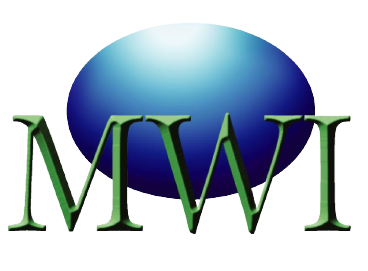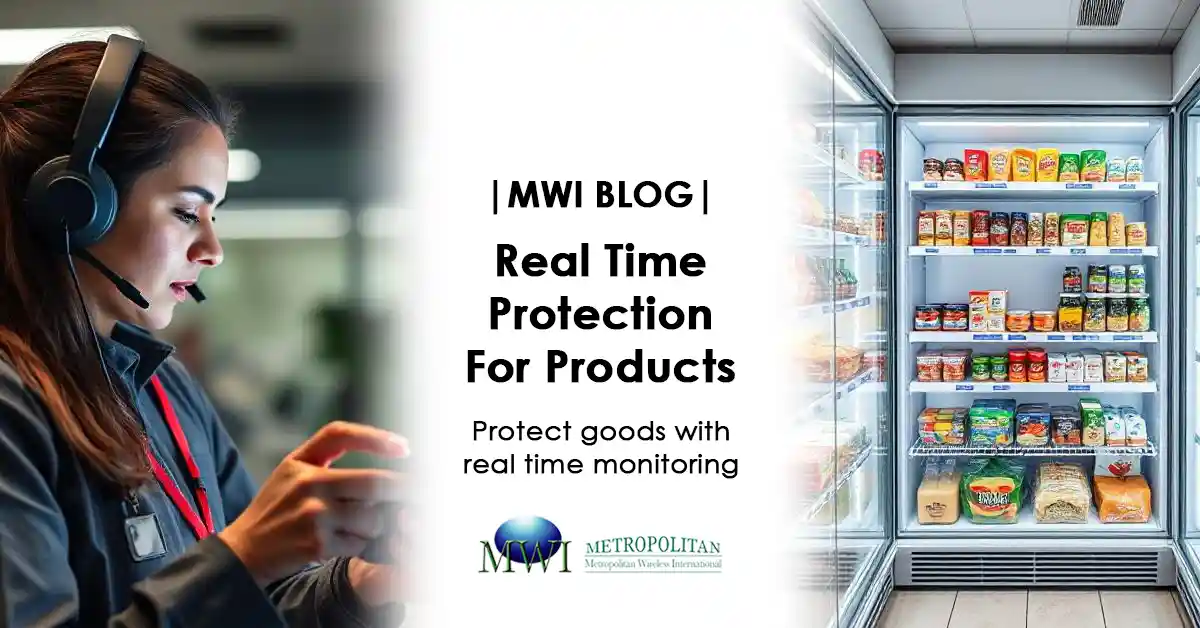Introduction: The Fragile Nature of Perishables
Perishable goods — including fresh produce, dairy, meat, vaccines, and pharmaceuticals — rely heavily on strict temperature control. Even a minor deviation in temperature during storage or transit can lead to spoilage, losses, and regulatory non-compliance.
Enter real-time monitoring systems: a modern, IoT-driven solution that offers continuous visibility and instant alerts, enabling businesses to act before damage is done.
The Hidden Cost of Delayed Temperature Response
Traditional temperature logging methods — like manual checks or USB data loggers — often only reveal problems after the damage is done. By then, you could be looking at:
-
Spoiled inventory
-
Rejected shipments
-
Compliance violations
-
Loss of customer trust
A single temperature excursion could destroy thousands of dollars in inventory — especially in the pharmaceutical, food service, or cold storage industries.
What Is Real-Time Monitoring?
Real-time monitoring uses IoT sensors to continuously track conditions such as:
-
Temperature
-
Humidity
-
Door activity
-
Power status
These readings are sent via wireless gateways to a cloud-based platform, where they are stored, analyzed, and visualized. Crucially, if something goes wrong — e.g., temperature rises above a set limit — you receive instant SMS or email alerts.
Real-time alerts = Real-time decisions
5 Ways Real-Time Monitoring Prevents Perishable Losses

1. Instant Alerts Enable Immediate Intervention
If a freezer door is left open or a compressor fails, staff can be alerted within seconds — reducing the duration of exposure and saving the contents.
2. 24/7 Visibility Reduces Blind Spots
Whether you’re managing a single outlet or a nationwide cold chain, a real-time dashboard lets you see all locations in one place — even during non-office hours.
3. Audit Trails for Compliance and Accountability
Modern systems automatically log every data point, alert, and user response. This creates a verifiable audit trail that supports HACCP, GDPMDS, ISO, or MOH compliance.
4. Predictive Maintenance via Analytics
By identifying recurring patterns — such as rising baseline temperatures — you can preemptively service equipment before failure occurs.
5. Remote Monitoring for Multi-Site Operations
Central teams can oversee hundreds of sites across regions — ensuring standardized practices and quicker response, without physically visiting each site.
Real Results: Case Study Snapshot
A regional seafood distributor using Iotezy’s real-time temperature monitoring system reduced spoilage losses by over 30% within six months.
Before implementation, staff only discovered faults during manual checks — often after spoilage had occurred. Now, they receive alerts within seconds and act immediately to prevent damage.
Bonus: Cold Chain Compliance Made Easy
In industries like pharmaceuticals or vaccines, failing to maintain cold chain standards can lead to regulatory penalties or product recalls. Real-time monitoring helps maintain:
-
Temperature logs with timestamped entries
-
Automated HSA/MOH-compliant reports
-
Peace of mind during audits and inspections
Real-Time Monitoring vs. Traditional Logging
| Feature | Real-Time Monitoring | Manual/USB Logging |
|---|---|---|
| Monitoring Frequency | Continuous (every few mins) | Periodic/manual |
| Alerts | Instant SMS/email | None |
| Response Time | Immediate | Delayed |
| Data Access | Remote, cloud-based | On-device or paper-based |
| Compliance Readiness | Auto-generated reports | Manual compilation |
| Scalability | Easy multi-site support | Limited |
Choosing the Right System
When selecting a real-time monitoring system, look for:
-
IoT temperature sensors with calibration certificates
-
Cloud platform with customizable alert thresholds
-
Battery backup and power failure alerts
-
Mobile-friendly dashboard for quick access
Platforms like Iotezy are built for cold chain businesses that require reliability, compliance, and cost savings.
Final Thoughts
If you’re handling perishable goods, real-time temperature monitoring is no longer a luxury — it’s a business-critical solution.
By preventing spoilage, improving response time, and supporting compliance, it pays for itself many times over.
Other Blogs
Food Storage
Medical Storage
IT Equipment
Server room temperature & humidity monitoring
Operating a warehouse full of perishable goods?
Start preventing loss with real time smart monitoring


